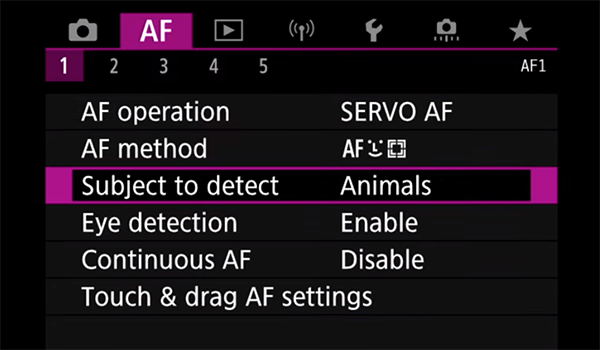Is Autofocus Failing? Use These Camera Settings & Never Miss a Shot Again (VIDEO)
Today’s tutorial from the Photography Explained YouTube channel begins with this warning: “Your autofocus is probably failing you way more than you realize. This uncomfortable news may be exactly what you need to hear if you’re tired of missing moments that matter because your camera just won’t focus where you want it to.
Our unnamed British instructor explains the dilemma based upon personal experience: “After missing countless shot that I’ll never get back—wildlife moments, perfect expressions, once-in-a-lifetime lighting—I discovered something that most photographer never figure out. Your camera’s autofocus system my be incredibly sophisticated, but almost nobody knows how to use it properly.”

The 11-minute video discusses a number of oft-ignored settings that are available in every modern camera and explains how to put them to work for fast-and-precise subject acquisition under various conditions. In short, these are confidence-boosting tricks regularly used by professionals that will dramatically increase your “hit rate.”
So stop fighting your camera’s autofocus system, learn how to use it properly, and start capturing images that make you proud on a consistent basis. Then take a trip to the popular Photography Explained YouTube channel where you’ll find numerous how to videos for expanding your skills.

And speaking of configuring your camera properly, don’t miss the recent tutorial we featured with another accomplished pro who provides an eight-minute primer for fixing your camera settings that “90% of beginners get wrong” when it comes to controlling depth of field.









